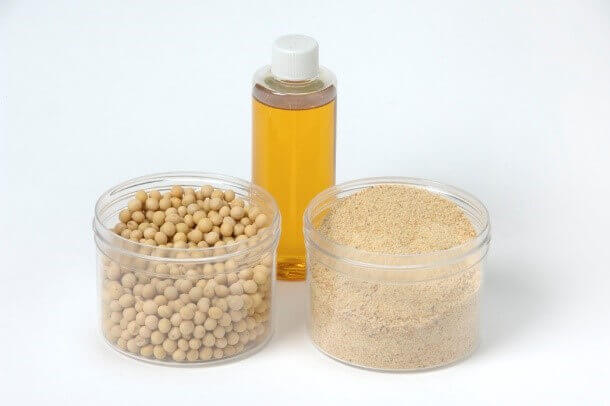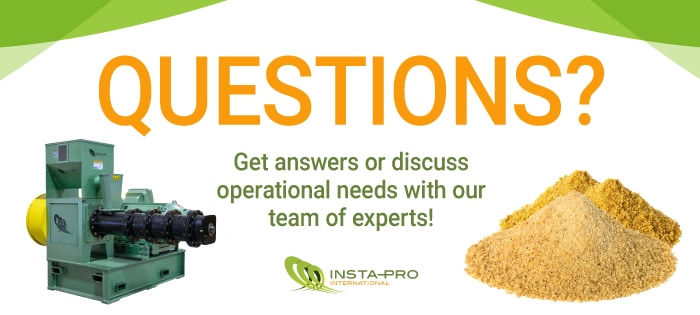Экструзия и витамины — проблемы и перспективы

Обычно считается, что экструзия и витамины несовместимы. Даже мы указывали на это в нашем блоге Insta-Pro. Витамины — группа молекул, содержащихся в пище, необходимых животным для выживания и роста, — являются чувствительными к нагреванию (немного больше, чем другие).
Премиксы витаминов и минералов широко используются в рецептурах кормов для самых разнообразных видов продуктивных животных на всех этапах производства. Несмотря на то, что содержание премиксов витаминов и минералов в кормах относительно небольшое, эти ингредиенты рациона являются одними из самых дорогих с точки зрения удельной стоимости (высокая цена). Довольно просто включить рекомендуемый уровень премикса в состав диеты и покончить с этим.
Однако, в начале этого года цены на витамины возросли, а запасы очищенных витаминов сократились, в особенности это касалось витаминов А иЕ, что вызвало беспокойства на предприятиях пищевой промышленности (подробнее — в статьях WATT здесь и здесь). Некоторые из наших заказчиков также поделились со мной этой информацией: взлетевшие до небес цены на очищенные витамины и предупреждения о сокращении запасов. Но неужели мы должны просто смириться с дороговизной витаминов?
Резонным будет получать максимальное количество витаминов из пищевых ингредиентов, а следовательно меньше зависеть от очищенных витаминов в премиксах. Как в данном случае может помочь экструзия? Существует ли какая-то положительная связь между экструзией и витаминами?
В этой задаче много неизвестных, однако, мы знаем, что производство соевого жмыха ExPress® с остаточным маслом происходит путем сухой экструзии высокого сдвига и механического отжима сои. Кроме того, мы знаем, что в результате обработки сои таким способом в масле остаются естественно присутствующие токоферолы (молекулы витамина Е). Таким образом, просто предпочитая такой тип соевого жмыха, жмыху, полученному при помощи растворителя (гексана), т. е. стандартному варианту, не содержащему масло, вы сможете обеспечить животных витамином Е из соевого жмыха.
То же самое можно сказать и о соевом масле ExPress®: соевое масло ExPress® по сравнению с маслом, полученным при помощи растворителя, является источником витамина Е. В процессе извлечения растворителем с целью выделения масла оно отделяется от всего остального, включая природный витамин Е.
Сухая экструзия высокого сдвига также может играть роль и в получении витамина А. Рассмотрим нашу новую модель сухого экструдера высокого сдвига 2000CG. Желтозерная кукуруза (не белозерная) содержит каротиноиды, которые превращаются в организме в активный витамин А. Мы знаем по другим продуктам, содержащим каротиноиды, что различные виды обработки фактически улучшают биодоступность при потреблении — это особенно важно, поскольку биодоступность каротиноидов, содержащихся в сырых овощах, может быть очень низкой.
Таким образом, существует потенциальная возможность, что применение метода сухой экструзии высокого сдвига к желтозерной кукурузе повысит доступность витамина А. Может ли это иметь смысл в свете повышения цены на очищенный витамин А?
Если вы заинтересованы в получении большего количества витаминов из ваших ингредиентов, обратитесь в Insta-Pro International®.


